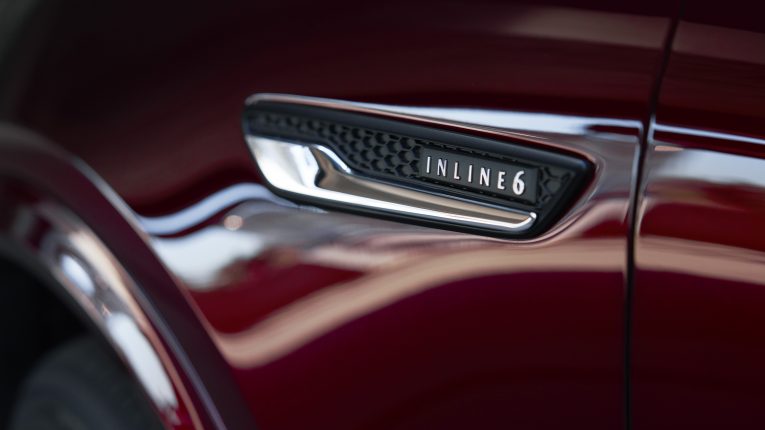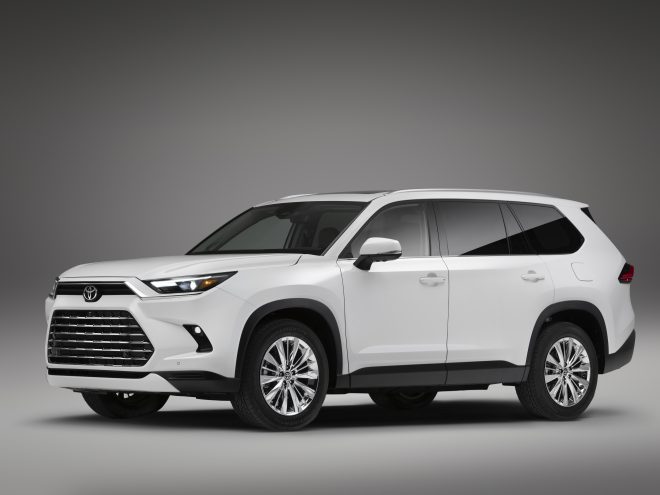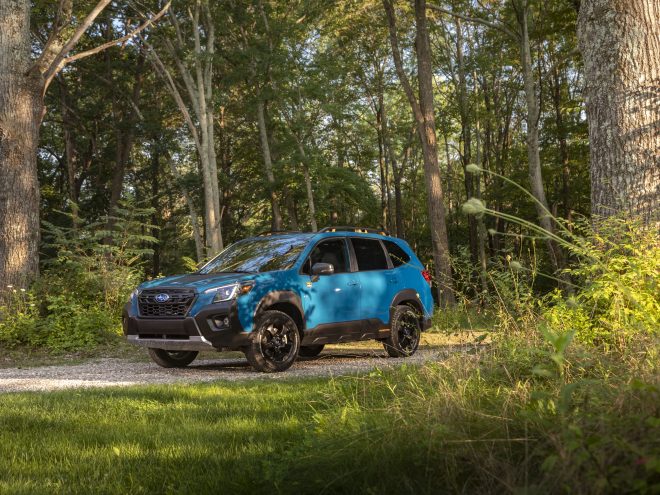
Who Is At Fault In A 3-Car Rear-End Collision in Texas?
In the busy state of Texas, where highways and streets are usually bustling with traffic, rear-end collisions are quite an ordinary event. However, within this realm of car accidents lies a complexity: a 3-car rear-end collision. Many people find it difficult to establish fault in this situation, so it is critical to know who is responsible in complex cases like this. Especially because accidents like this have a great impact on insurance claims and financial settlement. If you or a loved one were injured in a 3-car rear-end collision in Texas, contact a personal injury lawyer in McAllen to help you navigate your case.
Understanding Rear-End Collisions in Texas
It is necessary to know who is liable in such complicated situations as these multi-car crashes. Determining fault in a three-car rear-end collision is not simple. Instead, it involves an understanding of Texas traffic laws, negligence, and multiple drivers. The victims may be involved in a very long, tedious process to get what they deserve if the person who is responsible for the injuries or death of the person is not well established.
Most of the time, these accidents happen when cars run into each other in the rear, with subsequent accidents involving multiple vehicles. Driving in Texas presents challenges and risks that are different from those encountered in other developed states due to the rapidly expanding population and increasing urbanization.Additionally, the state’s distinct traffic statutes regarding tailgap and safe practice create the basis for liability in rear-end accidents.
What Factors Contribute to 3-Car Rear-End Collisions?
Rear-end collisions can occur for various reasons, for instance, tailgating, distracted driving, and unexpected stopping.
- Chain Reactions: Multi-car rear-end collisions tend to occur in chain reactions where one vehicle hits the other and then a domino effect involves other cars. Understanding the chain of events that lead to these chain reactions is critical so as to establish responsibility and avoid similar occurrences.
- Distracted Driving: The 3-car rear-end collisions are often attributed to distracted driving, involving activities such as texting, using a phone, or other inattentive behaviors behind the wheel. Taking eyes off the road can lead to a chain reaction because a driver might not have enough time to react and prevent a crash.
- Tailgating: Rear-end collisions can occur as a result of tailgating. In case the leading vehicle abruptly stops or slows down, a tailgating driver has minimal time to respond, thereby increasing the chances of a chain collision.
- Sudden Stops: 3-car rear-end collisions are associated with sudden stops, whether due to traffic conditions, road hazards, or other factors. The sudden braking of the front vehicle can startle rear drivers, setting off a chain of collisions. It is important to understand why keeping a safe following distance is essential in avoiding these incidents.
It’s important to identify the main factors that contribute to rear-end collisions. This way you can make sure that you avoid these things in order to prevent any future accidents or injuries.
Determining Fault in a 3-Car Rear-End Collision
Determining fault in a 3-car rear-end collision is a crucial aspect of resolving these complex accidents, particularly in the legal and insurance contexts
- Negligence as the Standard: In Texas, most fault determination is based on the principle of negligence. The party responsible for the collision is usually the one acting carelessly or recklessly. Liability is established by scrutinizing negligent behaviors such as tailgating and distracted driving.
- Role of Evidence: Evidence plays an important role in establishing fault. Eyewitnesses’ observations are essential in helping to establish a timeline of the events that caused the accident. Their testimonies help provide comprehensive information on the accident dynamics. Police reports are also important documents that are often made at the scene of the accident and they go a long way to supporting fault determination.
- Involvement of Insurance Adjusters: The determination of fault is largely dependent on insurance adjusters. They evaluate the evidence, consider the claims, and make their determinations based thereon. Insurance adjusters also play a significant role in the aftermath of the 3-car rear-end collision. Impartial analysis of fault is vital for a just evaluation which may determine the liability and compensation paid to the affected parties.
Comparative Negligence in Texas
Comparative Negligence in Texas refers to fault apportionment. It recognizes that multiple parties can also have varying levels of responsibility for the accident. It is equitable that the proportion of fault should be matched with an equal share of responsibility, that is, whoever fault should be liable.
In a multi-car collision, fault may be attributable to several parties who contribute to it. Comparative negligence is the kind of evaluation that can be carried out as a percentage. For example, if one driver is deemed 60% liable and the second driver is 40% liable, their damage liabilities will correlate with these percentages. This method assures that every party is held accountable for what they have done, and it can affect either the amount they will pay out or receive in a lawsuit.
Tips for Avoiding Multi-Car Read-End Collisions
There are several things that drivers can do to mitigate the risk of multi-car rear-end crash incidence. The safety of all motorists is very important which includes maintaining a safe following distance. The recommended distance allows the drivers to have enough reaction time if the vehicle in front suddenly stops.
In the case of the multi-car rear-end collisions, defensive driving techniques can be very efficient. This means staying alert, expecting the driver’s actions, and ready to respond quickly to unpredictable occurrences. It is also important to avoid distractions such as texting or using a cell phone while driving so as to have full attention on the road.
Safe roads and fewer accidents cannot be achieved unless Texas encourages safe and responsible driving practices for all individuals in all situations. Engaging an attorney, especially in the context of multiple car crashes becomes a necessity most times. A competent lawyer will guide you, aid in the bargaining, and defend plaintiffs where applicable. It is important for drivers to maintain appropriate following distance, drive defensively, and pay attention when driving. As such, let’s all help to reduce multi-car rear-end collisions within Texas and make the road safer for all the drivers who live here.









